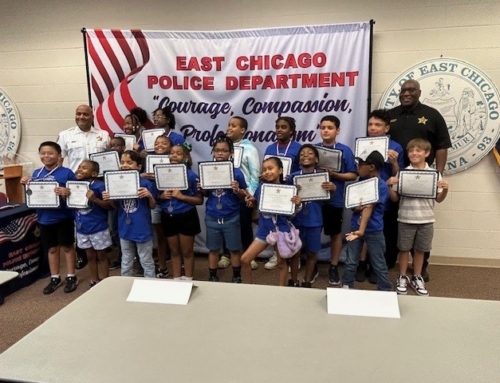Social media is one of the primary ways that people are communicating today. However, digital communication isn’t just for personal use. The majority of people use social media to learn about businesses or organizations in their area before frequenting them in person. Additionally, many younger users are connecting with organizations on social media to ask questions before purchasing. Bottom line: Having an active social media presence has become necessary to the success of all types of organizations, including nonprofits. Want to optimize social media for your nonprofit? Check out the following tips:
1. Define Social Media’s Role for your Organization
Social media should be integrated into an existing marketing or communication strategy. While social media is extremely important, it cannot stand alone for properly promoting your business. It should be linked to your web strategy, email marketing strategy, and any other digital marketing efforts being made by your organization.
2. What do You Want to Accomplish?
As previously stated, social media can be used for a variety of things. It is important to decide how you want it to work for your organization. Would you like to engage the community, acquire donors, or generate brand awareness? Once you have determined your social media goal, you can develop a strategy and assess the outcome of your effort.
3. Identify Your Target Audience
For your message to be effective, it is important to know to whom you are speaking. ‘Everyone’ is not an appropriate target audience because you cannot tailor your content to everyone. In deciding who you would like to target, you can take a look at what groups of people are currently following and engaging with your content by viewing the data on your profiles with a social management tool like Social Report or Facebook and Twitter’s native analytic platforms.
4. Choose Your Networks
It is not effective to attempt to create and manage a profile on every social network available. Use the information you gathered in step three to find out where your target audience spends the most time, then focus your attention on those channels.
5. Create a Content Strategy
You can choose what type of content to post based on what has had success for your organization in the past. You can also ask your followers what they would like to see in the blog, feed, etc. You can continue to use these topics as long as they are performing well in your analytics.
When posting on social media, visual content, like photos and videos, vastly outperforms text-heavy content. Be sure to include many of these visual posts into your engagement strategy.
You can connect your website to your social media profiles by posting links to different webpages in your social content. Do this to drive readers to a blog, donors to a donation form, etc. This is how social media can work with the other aspects of your digital marketing strategy.
Manage your social media posting by creating a content calendar. These are available in many social media management tools or you can create your own. This calendar will help you stay organized in your posting and ensure that your frequency of posting is appropriate.
6. Make Engagement a Priority
Always remember that social media is meant to be a conversation between your organization and its followers. By not dedicating sufficient time to engagement, this conversation can become one-sided and you end up simply advertising your nonprofit, rather than listening to those who matter.
7. Support Your Social Content Through Cross-Promotion
Growing a large, active social media following can take time. One way that you can help your channels grow is through cross-promotion. Ask your constituents to follow your social media channels in the weekly email blast or add the social media icons to the contact page on your website. Once again, social media should be an integrated part of your digital strategy.
8. Track and Analyze Your Results
It is vitally important to be tracking and analyzing the results of your social media efforts. This will not only tell you what works and what doesn’t, but it is also valuable data for demonstrating the importance of time spent on social media marketing during budget meetings or similar discussions. All of this can be done using a social media management platform like Social Report or Hootsuite, but can also be accomplished on each channels’ native analytics platform.
Want to learn more about strategies that can help out your nonprofit? Visit www.FoundationsEC.org.









